Dying Light Review
It might be safe to say the zombie genre is stuck in a rut. Over the last five years, we have seen a myriad of games starring the undead, focused on survival and resource management. While Dying Light, the latest zombie game from Techland, attempts to inject life into the proceedings with its parkour gameplay, it can’t quite shake the chains of the modern formula. The title is fun throughout its 30 or so hour campaign, with sharp mechanics and a fun vertical playground on which to use them, but it still needlessly rehashes many of the same ideas already thoroughly explored in better zombie games.
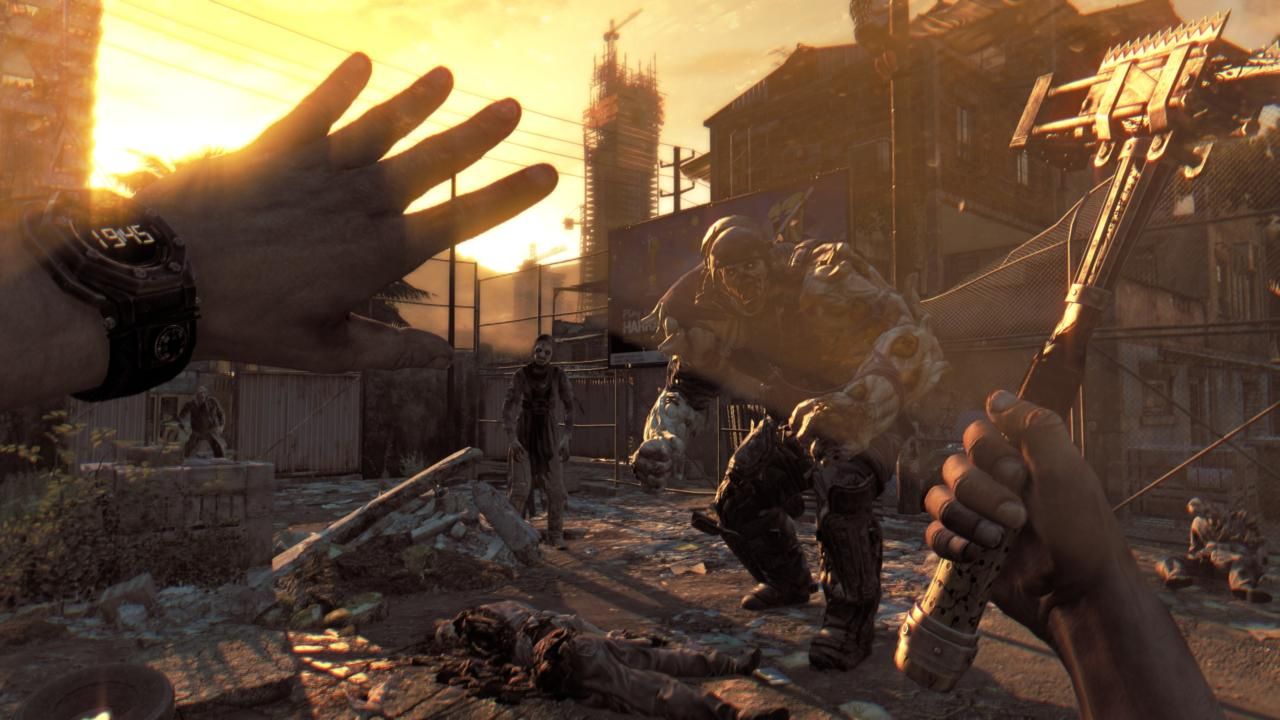
It might seem a little unfair to reduce Dying Light to being “just another zombie game”. There is a lot going on and a lot to do in Techland’s fictional city of Harran. Described as a place where “East meets West”, Harran seems like it would be closely related to Istanbul (in fact, Harran was an ancient city in Upper Mesopotamia), but it bears resemblance to other Middle East cities as well. Harran is a melting pot of accents, cultures, and political ideals – oh yeah, and there’s an outbreak of a virus that turns people bitten by those infected into walking, undead corpses.
Players assume the role of Kyle Crane, an operative (with a seemingly military background) who has been recruited by a humanitarian outfit, called the GRE (Global Relief Effort). During the outbreak, a local political figure named Kadir Suleiman stole a file from the GRE and Crane is sent in to recover it. It doesn’t take long for the operation to go sideways and soon the file is forgotten about as Crane falls in with a group of survivors based out of an apartment complex called The Tower. He quickly makes friends and attempts to help their cause for survival and finding a cure for the virus. Part of it may be Crane’s good nature, but he also has a stake in this cure. No sooner have you landed in Harran than you are bitten and must dose yourself with a drug called Antizin in order to stop yourself from becoming a zombie.
The narrative of Dying Light rehashes many ideas already explored in zombie fiction, like factions of survivors fighting against one another, a rogue leader who yammers on about survival, and governments hoping to cover up the horrid affair. It’s not all that interesting and the secondary characters that populate the world are even less so. There’s the standard psychos who always seem to show up when the world had gone to hell, or the faceless families trying to save their loved ones; it would be interesting if we hadn’t seen it all before. And I assure you, you have seen all of this before.
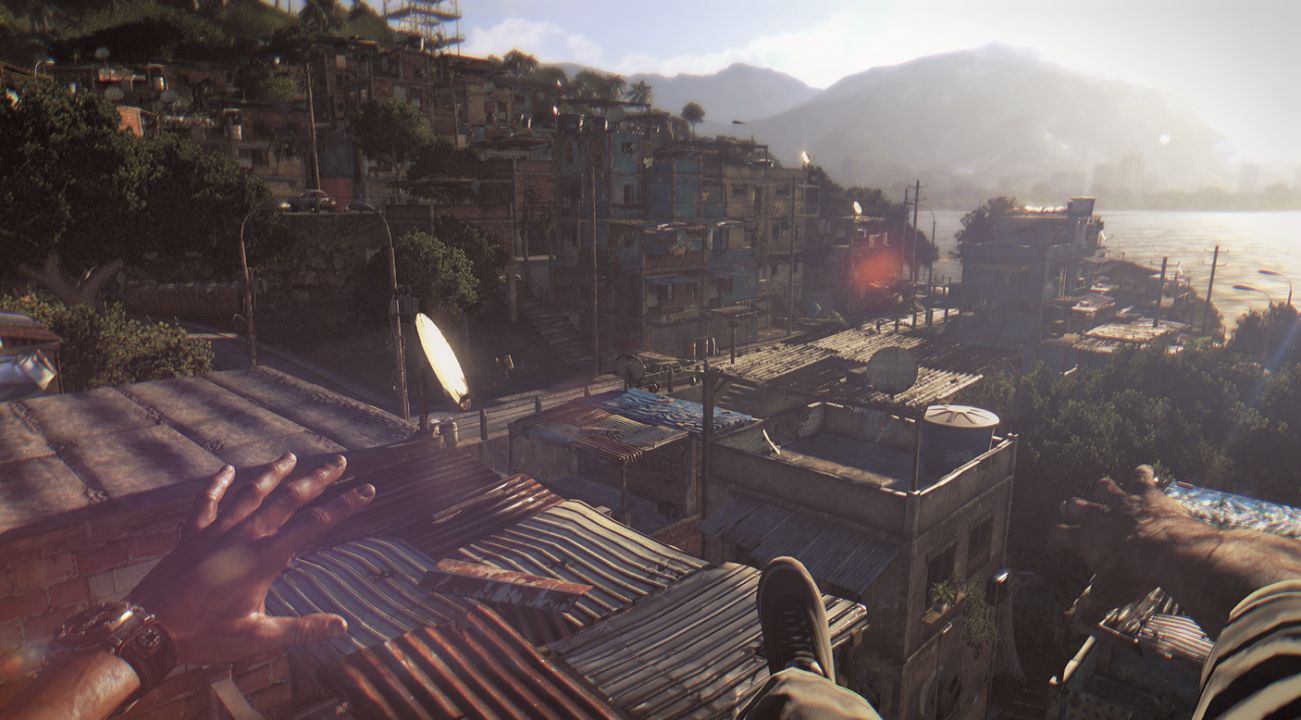
Techland tries to separate Dying Light from other zombie games by injecting a parkour-style, Mirror’s Edge vibe to the game’s mechanics. And the mechanics of the open-world traversal are very strong. Running, jumping, grappling, and climbing the city of Harran is a good time. The controls are intuitive and allow for players to do a lot while pressing only a few buttons. Players can sprint using the L3 button, while all your jumping, grabbing, and climbing is handled by the right bumper. You might think this would lead to accidental jumps or unintentional interactions with objects, but Techland has really refined these controls to make sure you don’t struggle with climbing walls or leaping the gaps of buildings. While games like Mirror’s Edge and Dishonored allowed for vertical traversal around their worlds, no game has done so with a world this vast and open. The game’s first section, The Slums, feels a little flat at times, made up of mostly two or three story buildings, but the second section, Old Town, really creates a feeling of verticality that will stir the dare-devil soul of any player.
Techland not only gives you strong parkour mechanics, but also plenty of excuses to use them. When the zombie horde – or something as equally bad – is after you, the game becomes an exhilarating thrill ride as you run over, under, and around the many natural obstacles of the city. Whether it’s balancing over construction cranes or leaping through a maze of sewer pipes, Dying Light continually uses its world to keep the players moving in interesting ways. The city is also littered with traps which can be triggered to distract zombies – whether they are the fast kind that give chase, the hulks who usually guard your way forward, or the typical mindless drones. These traps are just another way that Dying Light adds to the unique flavor of its parkour fun.
Once the novelty of Dying Light’s parkour mechanics wears off, the rest of the experience is standard fare. Melee combat plays like many other first-person games, but feels purposefully clunky. Many of your attacks feel ineffective, in order to keep players focused on running from trouble rather than confronting it. This would be a good idea, except that there are many times when Dying Light forces you into combat. As you progress through the game you can unlock abilities to make you far stronger, but the early combat sequences are baffling and annoying. Also, by the time a lot of your cool melee combat abilities are unlocked, the game has started giving you guns, which become your best friend when fighting human enemies. The game’s focus on combat goes from bizarre to rote, and never becomes as interesting as one would hope.
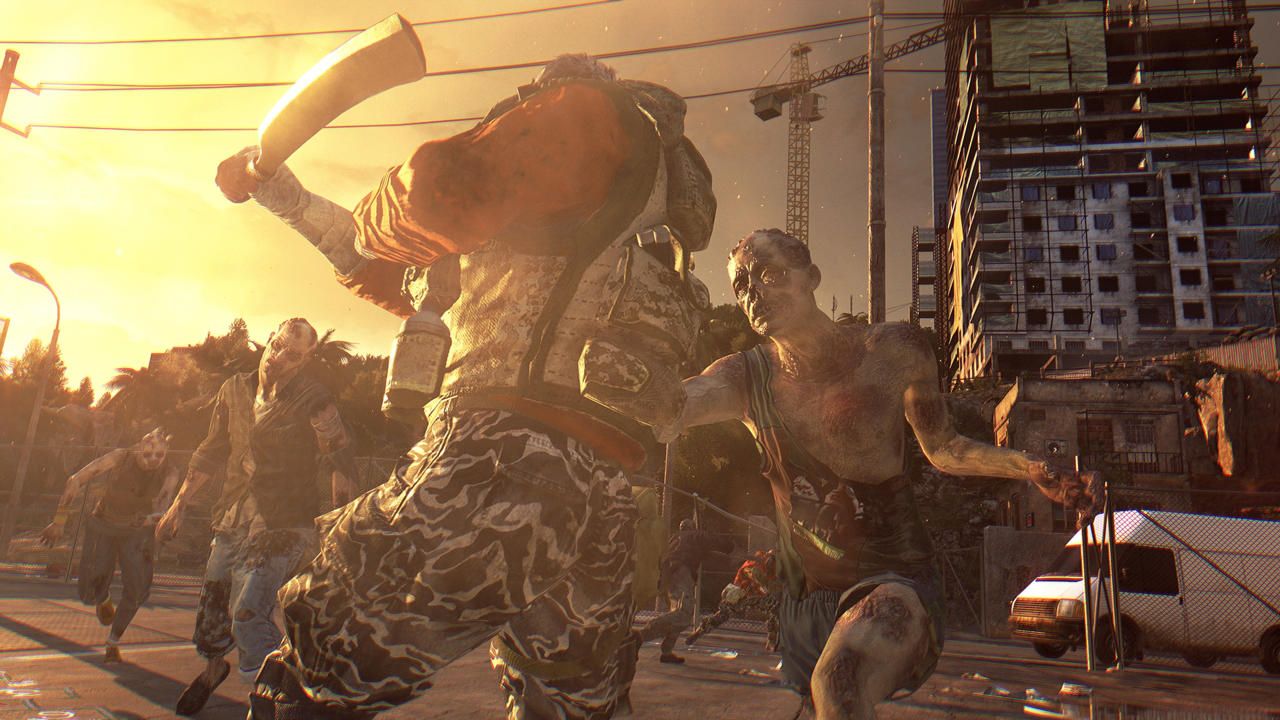
Like many survival games, Dying Light attempts to keep the players conscious of the resources they have. You can scavenge the city looking for metal parts, electronics, alcohol, gauze, plastic, duct tape, and chemicals. These materials can be used to repair and upgrade weapons, make medkits, and more. Unfortunately, the crafting system is a little unbalanced. While materials can be found throughout the city, they can also be purchased in stores. Buying pre-made medkits – with the constant abundance of cash – means players are rarely forced to craft them. Other items, like firecrackers and lockpicks, are so common or easy to purchase it’s a wonder why anyone would bother to craft them. Generally, you’ll want to keep parts on hand for weapon repair and to make certain throwable items, but overall the crafting system is easily bypassed and thus it fails to really tax the player in any way.
After the game pushes you out the door, you’re going to want to establish safe houses throughout the city, by clearing them of the undead and securing them from intrusion. Once you have some safe houses secure, you’ll be ready to run missions. Players can either get missions from one of the many NPCs which can be found throughout the pockets of survivors in Harran or they can follow the main questline, pushing the story forward. While in The Slums, players will have a bevy of missions to complete of varying difficulty. If you want, you can fill your map with markers and wander throughout Harran, helping the less fortunate. Later in the game, side missions become more scarce but new challenges and outpost takeovers become available to the player.
Some of these missions must be run at night, when Dying Light becomes a far more punishing experience. The game does a good job of informing you when night is coming and appropriately warns of its difficulty as you’ll hear people telling you to get to safety. Once the night comes, the more powerful Volatile zombies come out. These zombies are always marked on your radar, but if they spot you, there’s no fighting them. There’s not a ton of Dying Light’s missions that require you to be active at night, but when the game does force you out after dark it’s a nerve-wracking experience.
After completing these day and night missions, players will receive rewards – usually monetary – and experience. XP is used to level up your characters and pick new skills from the survivor, agility, and power trees. These skills can help with things like bartering, combat, parkour, consumables, health, and throwable objects. While some of these abilities are useful, they don’t always seem necessary and certain skills went unused by me. For instance, players can level up their bartering skills with shop owners, but I never found myself hurting for cash so what does it matter if I get better rates? Many combat upgrades which would have been helpful early on against human enemies (like a stealth-kill attack) are rendered useless once guns are introduced. When I finally would get a good skill (like the ability to crush zombies’ heads) it was so powerful it only highlighted how worthless the other skills are. With certain skills being unnecessary and others being so powerful, there are never any hard choices to make when leveling up. Numerous times I would unlock abilities and forget they were even there until the game reminded me.
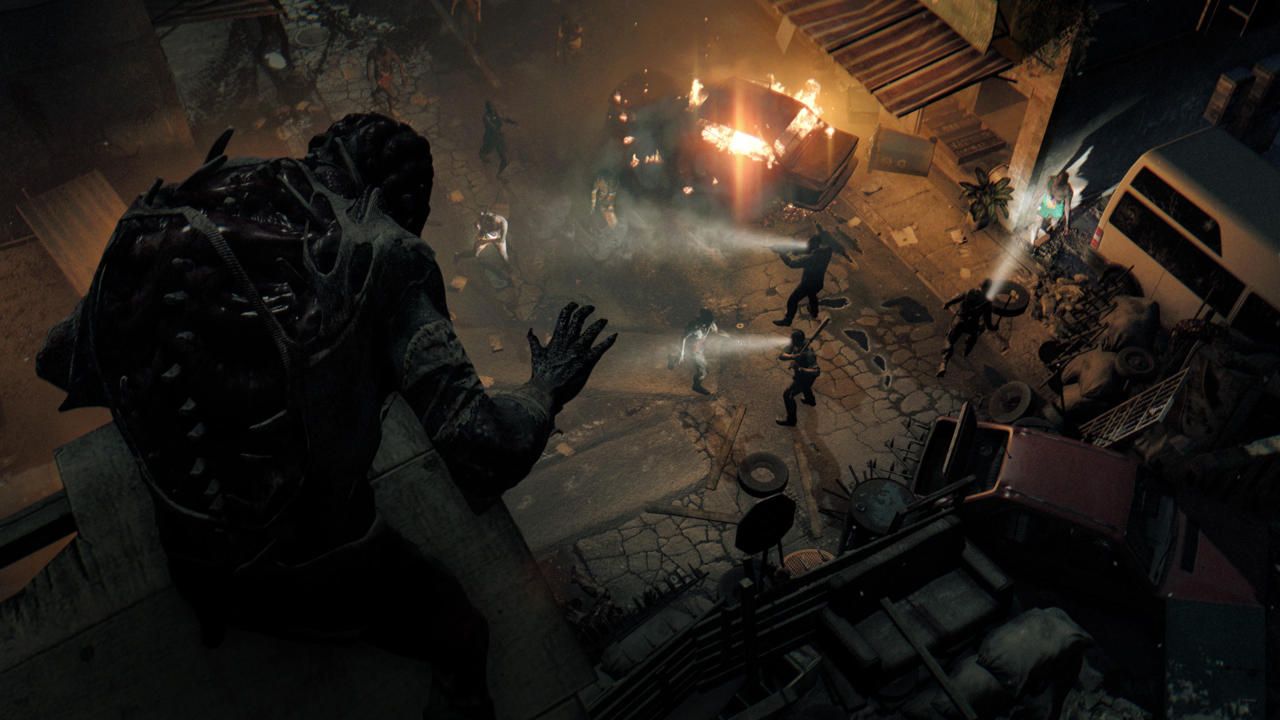
There’s a fair amount of gameplay available in Dying Light’s single-player – nearly 30 hours – but if you want more you can play around in the multiplayer as well. Much like Techland’s Dead Island, Dying Light offers cooperative multiplayer throughout most of its campaign. While there are plenty of people who likely enjoy having friends around when slaughtering the undead, Dying Light does not lend itself well to the multiplayer experience. So much of the game is based on the fast-paced parkour, having to wait for a friend who falls behind can kill the game’s exciting rhythm. Furthermore, the game’s balance feels off with two people playing together. Zombies are never especially hard to kill and with two people, any feeling of helplessness is removed. This is even further exacerbated when playing with four participates; as it’s just more people to wait for, who will want to explore different things. There’s no incentive to work together and even if there was, there’s not enough ways four people could really contribute to a single objective. A lot of what makes Dying Light great is the freedom to churn through the city, leaping building to building in search of safe houses to clear or missions to run. Having someone tagging along, who can easily be separated by a missed jump or a sudden fight can kill that freedom for you. Also, when you are dropped from a game, any progress made on a mission is lost as you are reverted to the single-player experience. There are challenges which allow you to compete against friends, but they feel like just another distraction from actually getting anything done in the campaign.
There is another way to play multiplayer in Dying Light. Be the Zombie mode allows one player to play as the Night Hunter and hunt a human player who is trying to clear their nests. Playing as the Night Hunter is a great time. While the zombie handles similar to the parkour nature of the human characters, there is the slightest difference in weight and movement which sets it apart. The Night Hunter also has a tendril ability which acts as the grappling hook (similar to Spider-Man’s web slinging abilities) which is a fun way to zip around the city. Night Hunters can also pounce on their human prey, an unstoppable attack which spells instant death for the human. The awesomeness of the Night Hunters is the entire problem with Be the Zombie mode. While it might be tons of fun to be the predator and flip the tables on the gameplay, this multiplayer mode is furiously aggravating for the human as the Night Hunter barely needs to get you in sight before it can pounce and instantly kill. This monumental imbalance seems to have chased players away from the mode as I found the matchmaking to take a long time.
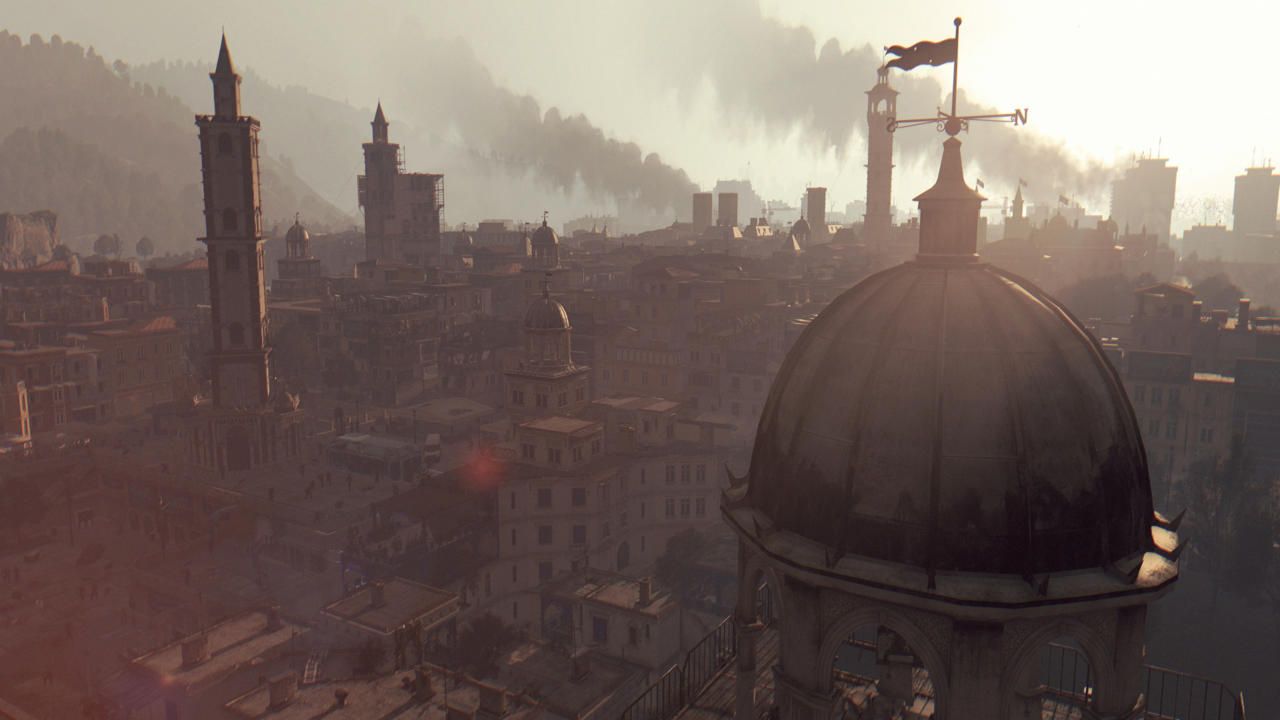
Visually, the golden-hued city of Harran is a nice setting for Dying Light; its Middle East influence is a nice change of pace compared to most traditional video game locales – especially for zombie games. From the castle-like walls of Old Town to the iky interiors of The Slums, Dying Light’s environments look fantastic. While the setting is gorgeous and impressive, the character models are not. Many of the characters have a silicon look to them and many of the animations are stiffly robotic. What’s even more frustrating is the game’s instability. It crashed a handful of times – two of which lost my save data and forced me to replay a couple hours of the game.
Dying Light’s parkour gameplay is definitely the highlight of the game. Its fast-paced traversal is a breathless joy which will make you fear zombies again. The game’s vertical level design is a smart way to differentiate itself from the many zombie games which came before and will likely come after. The game’s day/night cycle also helps keeps players on edge and conscious of where their closest safe house is.
Beneath Dying Light’s larger concepts lie many of the same old ideas that have been done in zombie games for years. The resource management, the ability trees, crafting and multiplayer modes have not only been done in other games, but have been done better. These elements all feel a bit superfluous and poorly balanced. It never felt like I had to make tough choices with my resources or my skill points, it felt like I could have put them just about anywhere and been okay. For those who are well versed in these zombie game tropes, the elements don’t ruin the experience, but they certainly don’t add to it. It feels like these mechanics were designed to pad out the game, but all they do is distract from what makes Dying Light unique.
